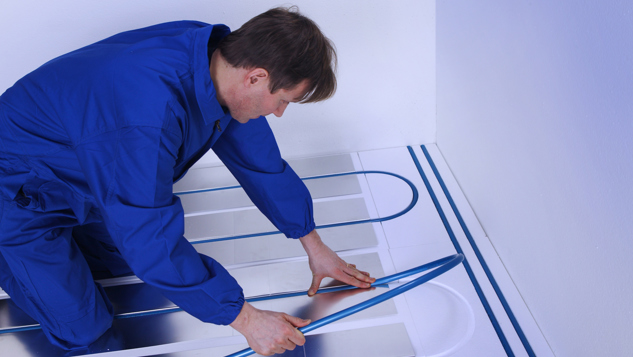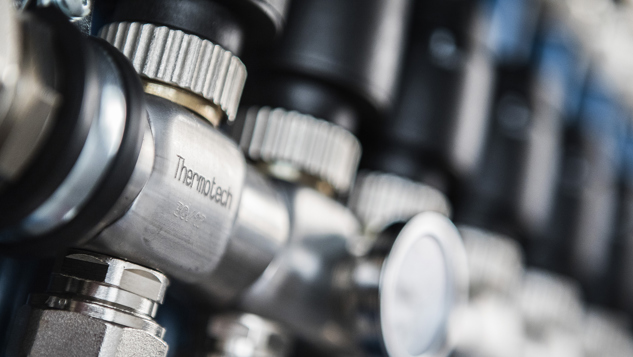
With underfloor heating in the conservatory, you can use it all year round
With underfloor heating, the heat is spread evenly over the entire surface, which makes it more pleasant than e.g. infrared heat that becomes more directed and does not reach everywhere.
All installation systems work in conservatories and which one is suitable depends on the basis and the need for insulation. We recommend consulting an installer.
If the intention is to use the conservatory all year round, it is required that the conservatory itself is sufficiently insulated in glass and frames. Get the help of a conservatory supplier in these matters.
A heat exchanger is required to install waterborne underfloor heating in conservatories and connect it to the home's waterborne system. It transfers the heat from the home's heating system to the outdoor space without mixing the water in the two systems. In this way, you can mix antifreeze (e.g. glycol) into the water that circulates in the conservatory, which is necessary so that the heating system in the conservatory does not freeze when it gets cold outside. Thermotech's heat exchanger package TMix E is suitable for surfaces up to 120 m2 in conservatories.
If the home does not have a water-borne heating system, or if you wish to completely separate the underfloor heating in the conservatory from the rest of the home's heating system, Thermotech's electric boiler can be used.
For best comfort, the underfloor heating in the conservatory should be regulated. Depending on the home's existing heating system and chosen floor covering, Thermotech offers different options for regulating the underfloor heating in the conservatory.
It is important to know that conservatories usually have greater heat losses than a house, which means that underfloor heating in the conservatory may require a higher supply temperature than in the rest of the house. The heat exchanger also requires the supply temperature to be raised a few degrees.

